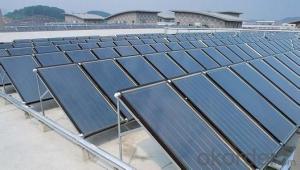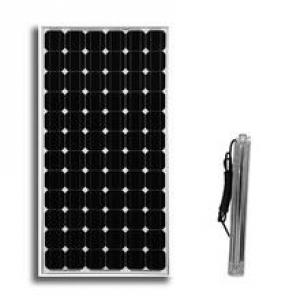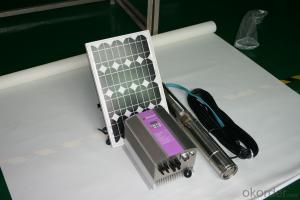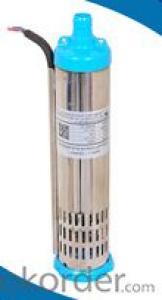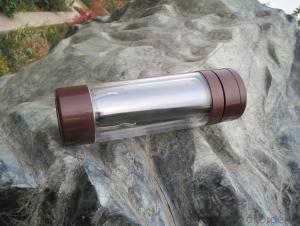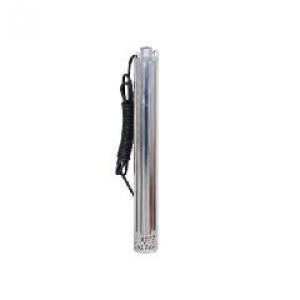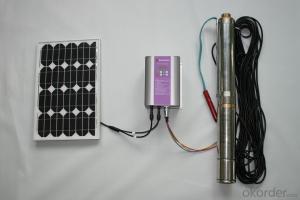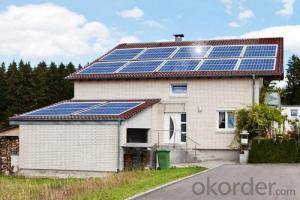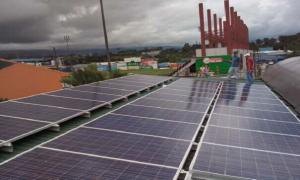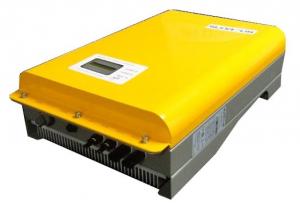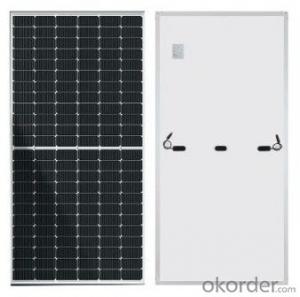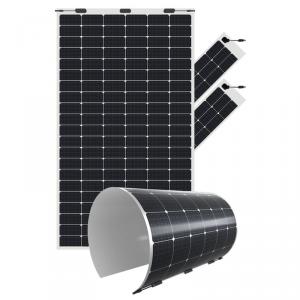Solar Electric Inverter System
Solar Electric Inverter System Related Searches
Solar Inverter System Solar Power Inverter System Solar Electric Inverter Solar Inverter Systems Solar Hybrid Inverter System Inverter Solar System Home Solar Inverter System Solar Energy Inverter Solar System Inverter Solar Micro Inverter System Solar And Inverter System Hybrid Solar Inverter System Solar Solar Inverter Solar Energy Power Inverter Inverter Solar Systems Battery Inverter Solar System Micro Inverter Solar System Hybrid Inverter Solar System Complete Solar Inverter System Inverter Charger Solar System Solar Inverter Cooling System Solar System Hybrid Inverter Sun Solar Inverter Solar Light Inverter Solar Inverter Kit Solar Smart Inverter Inverter Solar Solar Hybrid Inverter Inverter With Solar System Sunshine Solar InverterSolar Electric Inverter System Supplier & Manufacturer from China
The Solar Electric Inverter System is a collection of devices that convert solar energy into usable electricity for residential, commercial, and industrial applications. This system typically includes solar panels, inverters, batteries, charge controllers, and other necessary components to efficiently harness and utilize solar power. The primary function of the inverter within this system is to convert the direct current (DC) generated by the solar panels into alternating current (AC), which can be used by most electrical devices and appliances.The Solar Electric Inverter System is widely used in various scenarios where reliable and sustainable power generation is required. It is particularly beneficial in remote areas where grid electricity is either unavailable or unreliable, as well as in situations where reducing reliance on fossil fuels and minimizing environmental impact is a priority. This system can also be integrated into existing power grids, providing a supplementary source of clean energy and helping to reduce peak energy demand.
Okorder.com is a reputable wholesale supplier of Solar Electric Inverter Systems, offering a vast inventory of high-quality products to cater to the needs of various customers. With a commitment to providing reliable and efficient solutions, Okorder.com ensures that their Solar Electric Inverter Systems meet the highest industry standards and are backed by exceptional customer support.
Hot Products
